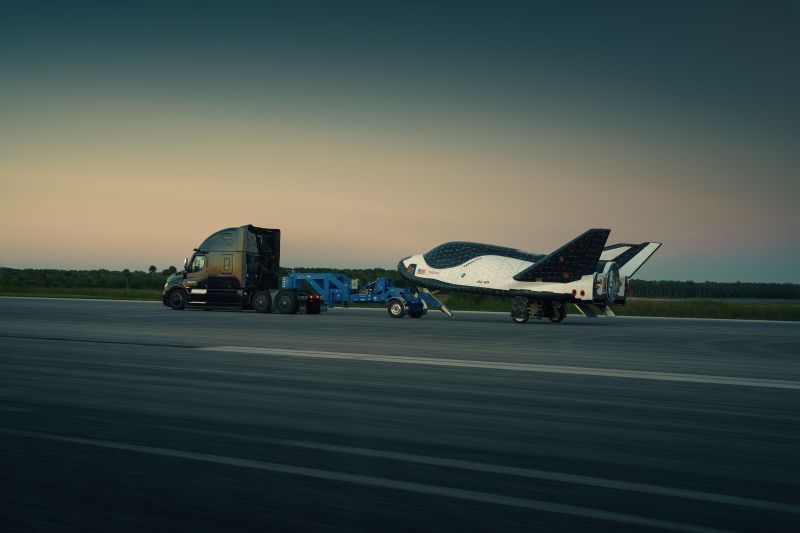Designed to transport equipment and, eventually, crews to low-Earth orbit, Dream Chaser stands out for its size (only ¼ of a conventional shuttle), and its ability to take off on a rocket and return to land on a simple runway. In recent months, the device, developed by Sierra Space, has successfully passed several key checks: electromagnetic compatibility, real-time communication with the control center in Colorado, high-speed towing to simulate landing, and even a complete repeat of operations after landing. Each test confirms the vehicle's reliability and precision ahead of its first free flight next year. "Each milestone demonstrates the resilience and creativity of our teams. Dream Chaser embodies a new generation of space vehicles that are reusable, versatile and safe," enthuses Fatih Ozmen, Executive Chairman of Sierra Space.
This test campaign paves the way for a final evaluation phase scheduled for the end of 2025. Thereafter, adaptations will be made for national security applications, proving that the Dream Chaser is not just a research aircraft, but a truly strategic platform for tomorrow's space transportation. Colorado-based Sierra Space is one of the pioneers of the new era of space transportation. The company develops technologies for both defense and exploration: satellites, propulsion systems, orbital infrastructures and, of course, reusable vehicles. Sierra Space is also a major partner of the US Space Force in the development of a new communications system, and has teamed up with Honda to develop new sources of energy in space.









